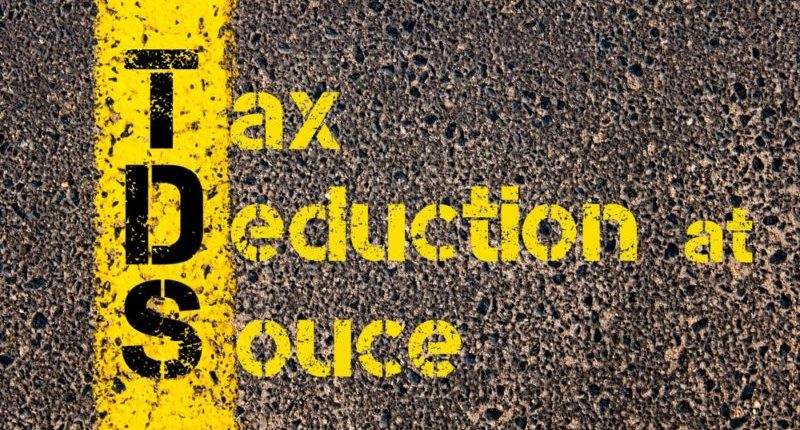In 2018, the income tax department reported an Rs.3200 crore scam where companies had deducted TDS (Tax Deducted at Source) but not deposited it with the government. Yes, there can be instances when TDS has been deducted by the employer but not deposited with the government. It can happen due to many reasons like :
- TDS not deposited
- TDS deposited, but TDS return not filed
- TDS deposited under the wrong PAN
- Reporting an incorrect amount in the TDS statement
The issue of TDS deduction but not being deposited with the government is not confined to salary income alone. It also applies to any other payments made by any entity on which TDS is required to be deducted.
As we know, Income Tax Act mandates tax deductions from various incomes by the person making such payment. There is a requirement to deposit such TDS with the government’s treasury within the specified time.
The TDS is treated as tax paid on behalf of the recipient of such income and is reflected against their PAN in Form 26AS. Thus, such a person can claim credit of the TDS while making the final payment of tax. Any taxes paid by the taxpayers or on their behalf reflects in Form 26AS. It includes tax deducted (TDS), tax collected (TCS), advance tax, self-assessment tax paid, etc.
If ‘tax deducted’ is not visible in this tax credit statement, it will imply that the deductor has not paid the taxes or has not filed the TDS return with the government. The department would send a tax demand notice to the taxpayers in this situation.
Ideally, according to Section 205, the department cannot recover tax from the taxpayer if TDS has already been deducted from their income. So, the taxpayer will be liable only if the income is not covered under the ‘TDS’ purview or if the person responsible for deducting tax has not deducted it.
There have been cases where the returns are filed claiming tax credits, but the same is not reflected in Form 26AS of the taxpayer.
In these situations, the Central Processing Centre (CPC) raises tax demand automatically. CPC is the income tax department’s software system that carries out initial screening of the income tax returns. The CPC compares the tax credit records along with Form 26AS and filed ITR’s. The system is configured to allow TDS only to the extent of appearing in Form 26AS. In case of a mismatch, the software will automatically raise a demand.
The taxpayer should not get worried if any such demand notice is received, but tax has already been deducted from their income. As a preventive measure, it is advisable to review your Form 26AS before filing your return. If the TDS is not reflected accurately in Form 26AS, the taxpayer should immediately contact the deductor. The deductor can rectify these errors by filing rectification.
However, if the deductor refuses to entertain any such request, the taxpayer can give the tax deduction proof to the income tax department. Taxpayers can produce the last appraisal/joining letter, salary slips and bank statements to respond to the demand notice received from the income tax department. No such demand will be raised to you if your records clearly indicate that tax has been deducted but not deposited with the government.
For any clarifications/feedback on the topic, please contact the writer at jyoti.arora@cleartax.in

I am a Chartered Accountant by profession with 4+ years of experience in the finance domain. I consider myself as someone who yearns to explore the world through travelling & Reading. I believe, the knowledge & wisdom that reading gives has helped me shape my perspective towards life, career and relationships. I enjoy meeting new people & learning about their lives & backgrounds. My mantra is to find inspiration from everyday life & thrive to be better each day.





